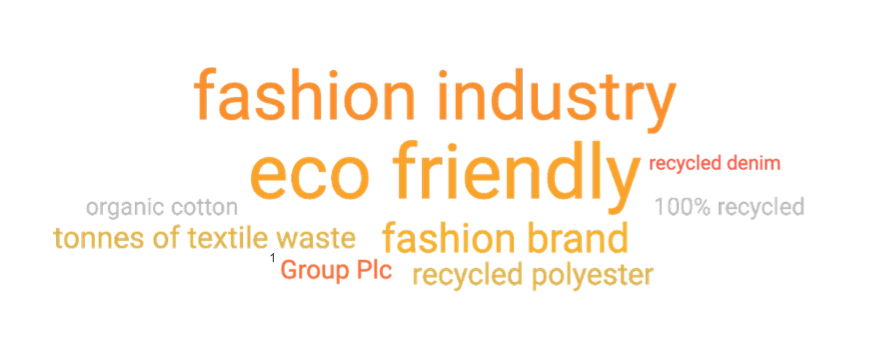Nethunting download
- Antonina Tataj
- Dec 10, 2021
- 1 min read
After coming back from our lovely trip from Lisbon we had nethunting classes, where we presented our research focused on our main project to improve the transparency and clarity for the consumer involvement within the textile supply chain. We used tools as Brandwatch, Google Trends, Google Advanced Search and Twitter Advanced Search to gather and later analyse relevant information.
Our main objectives were to understand the textile industry conversations, clarify industry’s current impact, visualize an overall mood related to fashion and identify the examples of primary contributor posts within the set parameters and primary authors.
Below you can find a table with main observations from every tool.
| Main observations: |
Google Trends | Comparison between: Zara - H&M - Uniqlo
Comparison between: Second hand Clothes - Used Clothes - Recycled Clothes
Comparison between: Sustainable Fashion - Fashion Shopping - Fast Fashion - Fashion Trends
|
Google Advanced Search | Empowered young generation
New saving-planet initiatives
Uneducated customers
More clothes equals more pollution
|
Twitter Advanced Search | Brands Responsibility Retailers are taking advantage of consumers' sustainability worries, to market their “eco” products - greenwash. Consumer Behaviour Identity, cost and convenience out-weight consumers' ethos and purchasing habits. Education Can drive change in the Textile Industry. |
Brand watch | Top Authors
Media Sources
Top Mentions
|
The consumerism culture is very present in every conversation, this is a driver.
Here are some Brandwatch’s visuals presenting top phrases, keywords, trending topics from Twitter mentions:
And our qualitative analysis results:





























Comments